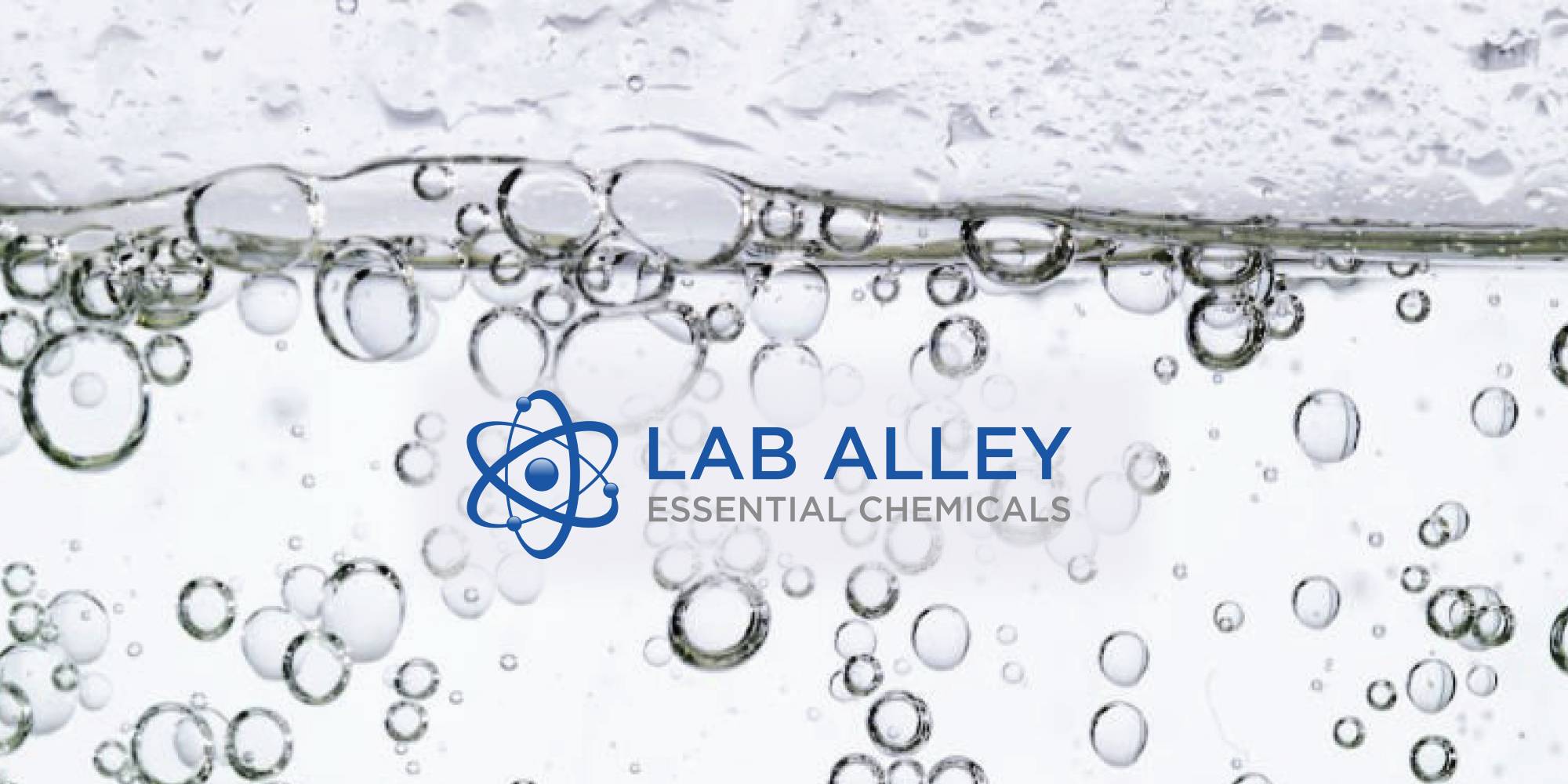Why does hydrogen peroxide bubble?
By Jillian Jastrzembski
Do you know the answer to this everyday chemistry question?
Hydrogen peroxide forms bubbles when you pour it on a wound. The bubbling indicates that:
- hydrogen peroxide is disinfecting the area
- the wound was infected
- hydrogen peroxide is breaking down into oxygen and water
- the hydrogen peroxide is still fresh
If you chose C, then congratulations, you’re exactly right. The bubbling and fizzing that occurs when you pour hydrogen peroxide on a wound happens because there’s an enzyme in cells called catalase, which breaks down hydrogen peroxide into water and oxygen gas. The oxygen gas forms bubbles in the water, which creates fizzing. The chemical reaction looks like this:
H2O2 → O2 (g) + H2O (l)
The other answer choices are actually common misconceptions. Let’s break them down one by one.
Hydrogen peroxide myth busting
Hydrogen peroxide is disinfecting the area. When you were a kid and you scraped your knee, there’s a good chance your mom poured hydrogen peroxide on the area to “disinfect the wound.” But is that really what it’s doing?
Well, sort of. Hydrogen peroxide destroys bacterial cells by attracting electrons from the cell membranes. This breaks the cell open, releasing the enzyme catalase, which then reacts with the hydrogen peroxide to create that satisfying fizz.
The problem is, hydrogen peroxide is not picky about which cells it kills. Yes, it destroys the bacteria in the area, but it also kills your own body cells – including the immune cells that your body sent to the area to combat infection and heal the wound. Your body cells also contain catalase. Long story short, that fizzing isn’t actually as productive as we once thought.
The wound was infected. Hydrogen peroxide will always fizz in the presence of catalase, whether or not the wound was infected. This is true whether or not the cell was infected. Remember that all cells contain catalase, not just bacterial cells.
The hydrogen peroxide is still fresh. The fizzing is actually a better indicator that catalase is or isn’t present. If no catalase is present, no fizzing will occur – even if the hydrogen peroxide is perfectly new.
It’s true that hydrogen peroxide will also break down when exposed to heat or light. If the hydrogen peroxide has already turned into water, then you don’t have a source of oxygen gas. That’s another reason that you might not see fizzing.
Why do cells contain catalase?
What’s that catalase doing in there in the first place? It turns out, your cells actually produce hydrogen peroxide naturally on their own. It is a by-product of sugar metabolism. Your cells contain catalase to readily break down that potentially harmful hydrogen peroxide into innocuous water and oxygen.
The important thing is that this process is happening inside the cell. When hydrogen peroxide is introduced from the outside, it destroys the cell membrane, effectively killing the cell. Only then is the catalase released to act on the hydrogen peroxide, and by then it’s too late.
Should you use hydrogen peroxide to clean wounds?
Hopefully by now it’s clear that the answer to this is a definitive no. The body is pretty good at dealing with wounds and infections by sending immune cells to the area to kill foreign bacteria and heal the wound. If you pour hydrogen peroxide on the wound, you will actually get in the way by destroying your body’s own defense system.
Instead, you can clean the cut with cold water and soap, and then let the body do its thing. If you are concerned that the injury is more serious, be sure to seek medical advice.
How do you know if hydrogen peroxide is still fresh?
Hydrogen peroxide breaks down in the presence of catalase, but it can also break down when exposed to heat and light. The shelf life of unopened hydrogen peroxide is about 3 years. Once opened, the shelf life is about 6 months.
You can test the freshness of hydrogen peroxide using a potato. Potatoes have catalase, just like the bacterial cells, or body tissue cells. If you pour the hydrogen peroxide on a potato, then you can expect it to fizz and bubble, because there is catalase present. Unless, that is, the hydrogen peroxide has already broken down into water.
If you’re ready to restock, Lab Alley is pleased to provide you with high-quality hydrogen peroxide for your industry needs. Feel free to contact us if you have additional questions about hydrogen peroxide, or any of our products.
< Back


